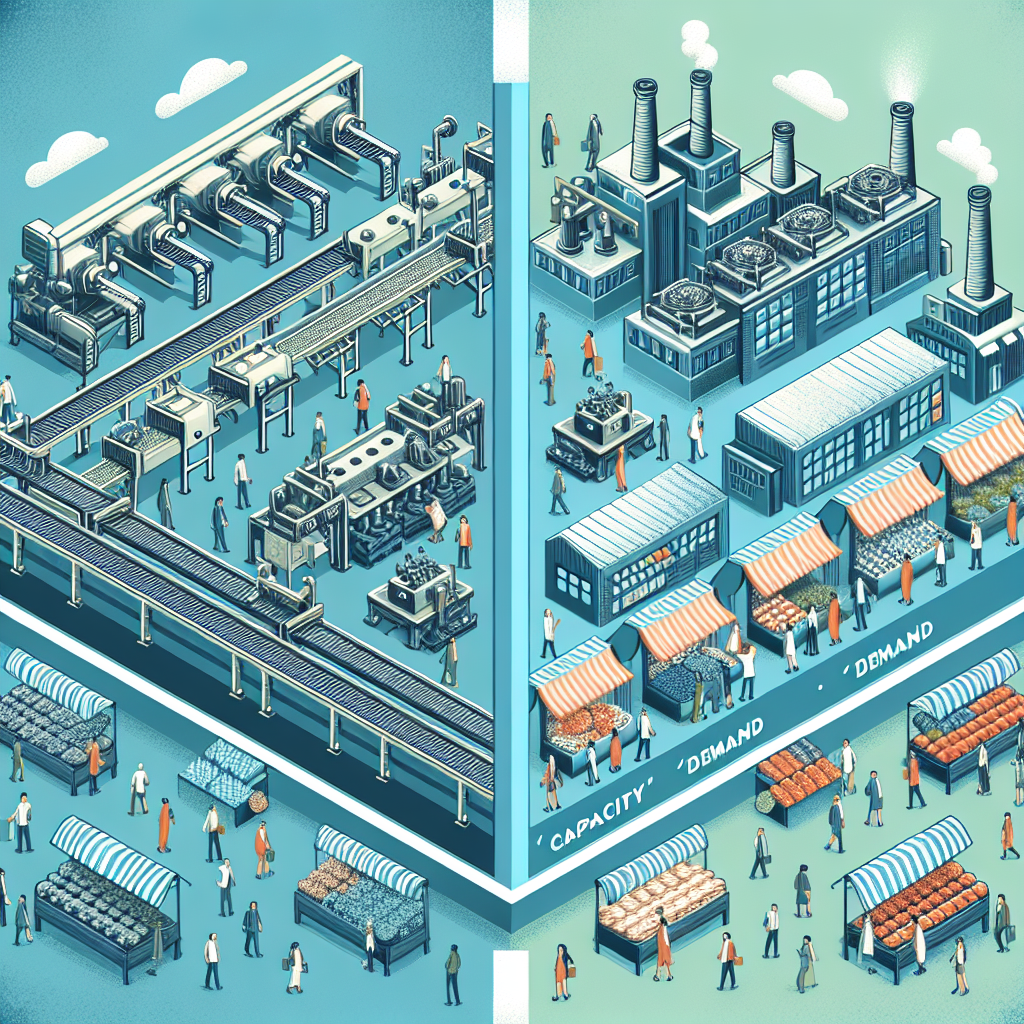In today’s digital age, the amount of data being generated and stored is growing at an exponential rate. From social media posts to online transactions, every click and interaction leaves a digital footprint that adds to the ever-expanding pool of data. This influx of data has created a pressing need for advanced data storage solutions that can not only handle the sheer volume of information but also provide quick and easy access to it when needed.
This is where big data comes into play. Big data refers to the massive amounts of data that are too large and complex for traditional data processing applications to handle. With the rise of big data analytics, organizations are now able to extract valuable insights and make data-driven decisions that can drive business growth and innovation.
However, as the volume and complexity of data continue to grow, so too does the demand for advanced data storage solutions that can efficiently manage and store this information. Traditional storage systems, such as hard disk drives (HDDs) and solid-state drives (SSDs), are struggling to keep up with the demands of big data applications. These systems often lack the scalability, speed, and reliability required to handle large volumes of data in real-time.
To address these challenges, organizations are turning to advanced data storage solutions such as cloud storage, object storage, and software-defined storage. Cloud storage, in particular, has gained popularity due to its flexibility, scalability, and cost-effectiveness. By storing data in the cloud, organizations can access and analyze their data from anywhere at any time, without the need for expensive on-premises infrastructure.
Object storage, on the other hand, is designed to store unstructured data, such as images, videos, and documents, in a scalable and cost-effective manner. Unlike traditional file storage systems, object storage allows for seamless data retrieval and management, making it ideal for big data applications.
Software-defined storage (SDS) is another emerging trend in the data storage industry. SDS decouples storage hardware from the software, allowing organizations to manage and provision storage resources more efficiently. By virtualizing storage resources, organizations can scale their storage infrastructure on-demand and reduce the cost and complexity of traditional storage systems.
In conclusion, the rise of big data has created a pressing need for advanced data storage solutions that can handle the massive amounts of data being generated and stored. Organizations that invest in these solutions will be better equipped to harness the power of big data analytics and drive business growth and innovation in the digital age.


